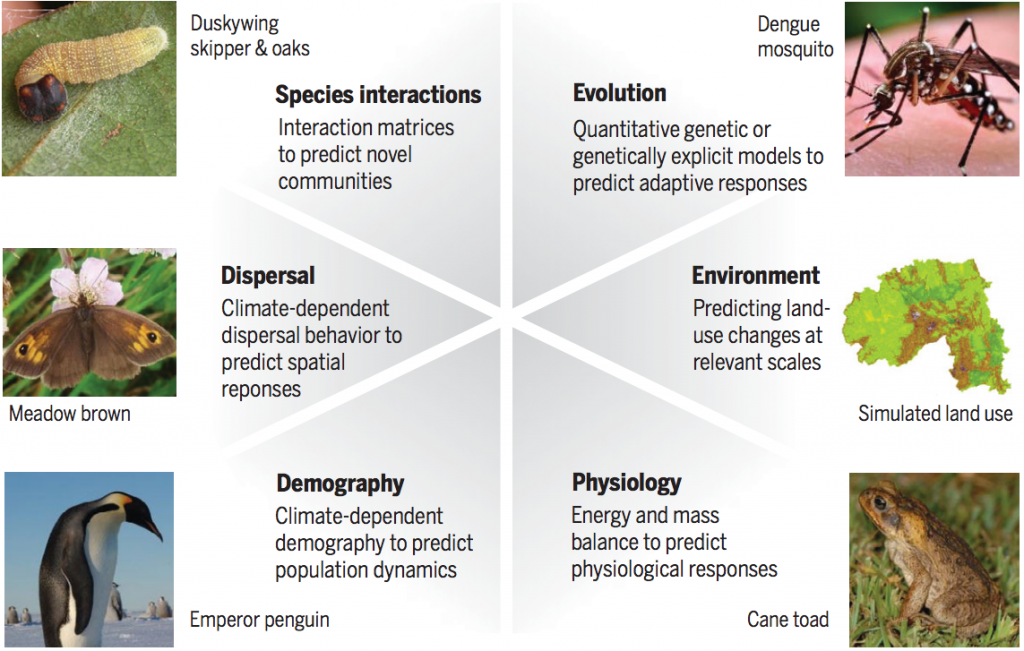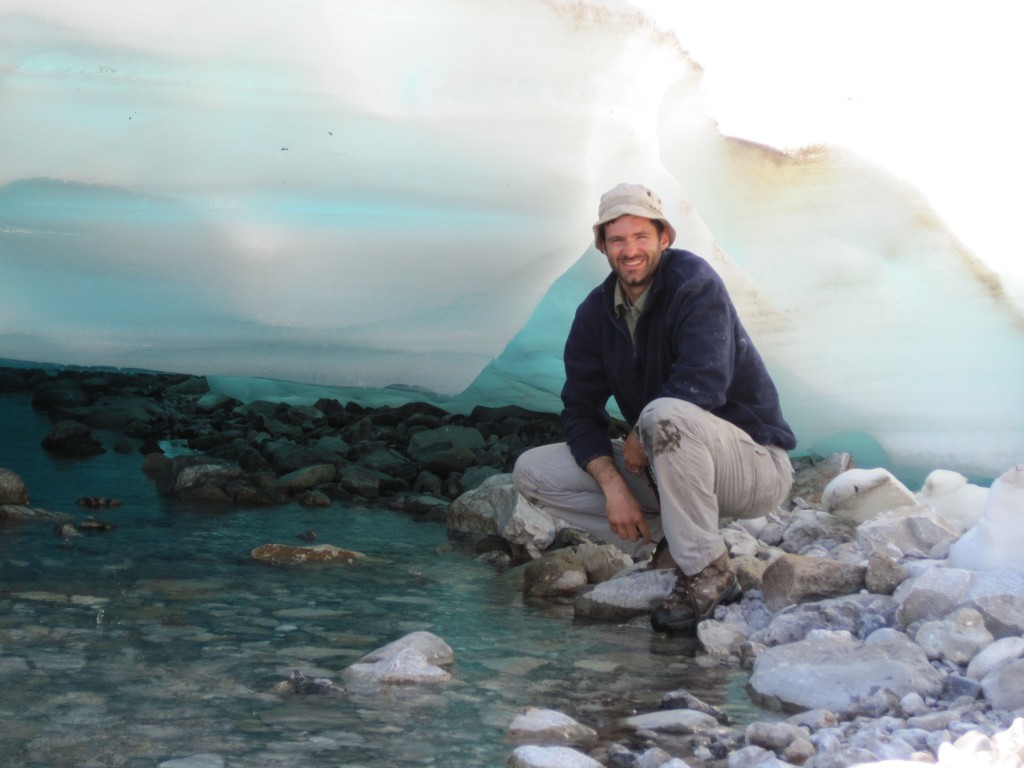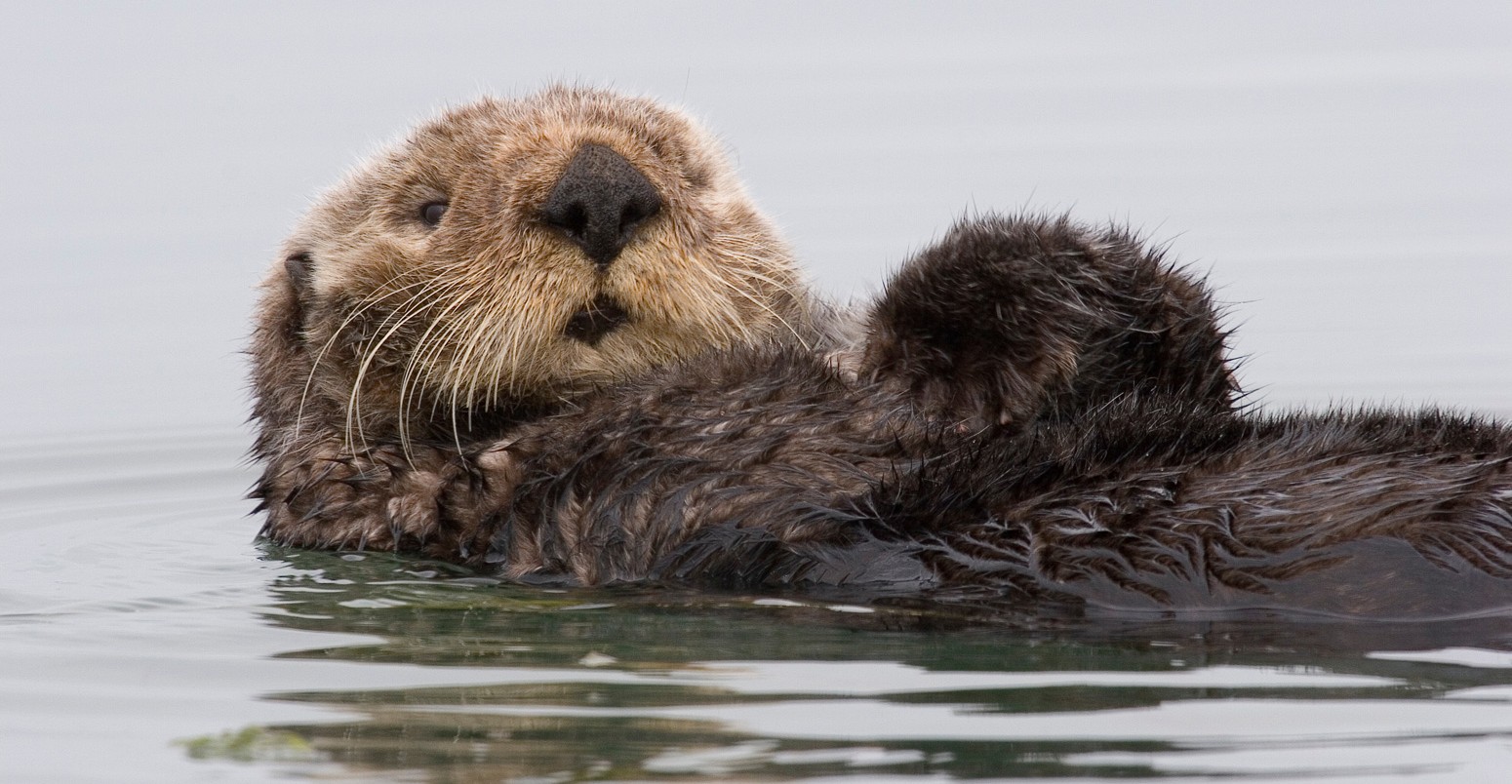Guest post: How data is key to conserving wildlife in a changing climate

Dr Mark Urban
09.14.16
Dr Mark Urban
14.09.2016 | 1:09pmA guest article by Dr Mark C. Urban, Director of the Institute of Biological Risk and associate professor in the department of ecology and evolutionary biology at the University of Connecticut.
We need to do everything we can to shepherd the world’s wildlife through the modern era of rising global temperatures. After all, biodiversity provides the foundation for human economy, health, and culture. But we are currently failing in this mission because we rely on outdated approaches and lack the information to use better ones.
The biggest current obstacle to protecting wildlife from climate change is pinpointing exactly how we should spend the limited money available for conservation. We need to identify the winners and the losers of climate change, and focus on helping the losers.
Usually, biologists accomplish this goal using statistical correlations. If the suitable climate for a species’ habitat is projected to expand or contract, then the distribution of that species is expected to follow suit. But a lot can happen along the way. Maybe the species can’t move to where its habitat is shifting, maybe it will encounter a new predator or new competitors for food and shelter, or maybe it will just stay where it is and adapt.
By not focusing on biology, we ignore the diversity of nature. We treat a mouse the same as an elephant, a fish and a tree. Yet, we know that these organisms experience the environment and respond to it in very different ways. To model how biology will be affected by climate change, we need to focus on biology – not statistics.
Biological ‘mechanisms’
To get a more accurate view of how a species responds to environmental changes, scientists need to incorporate biological mechanisms into their modelling.
A “mechanism” is just a fancy word for a natural process, such as birth, death, migration and adaptation. Think of it this way: if you want to predict how much money you will have in the bank in the future, you would want to know not just your current balance, but also your rate of interest and how that rate will change in the future. In a similar way, we need to collect information on rates of increase for natural populations and how those rates might change in a warmer climate.
In our new paper, published last week in Science, I along with 21 other biologists from around the world identify six mechanisms that determine the response of a species to climate change:
- Physiology – how an organism responds to changes in its environment
- Demography, life history, phenology – birth and death rates and the schedule and timing of life events
- Evolution – adaptation to existing and future environmental changes
- Species interactions – effects of other species
- Dispersal, colonization, and range dynamics – movement of offspring away from parents, their establishment in new habitats, and effects on species ranges
- Environmental responses – how changes in the environment at varying scales translate into effects on species traits
The good news is that we have the capability to build sophisticated computer models that can simulate these mechanisms. The figure below shows some of the mechanisms that are already being used in models.

Emerging models are beginning to incorporate six key biological mechanisms that can improve predictions of biological responses to climate change. Models that include biological mechanisms have been used to project (clockwise from top) the evolution of disease-harboring mosquitoes, physiological responses of invasive species, such as cane toads, demographic responses of penguins to future climates, climate-dependent dispersal behaviour in butterflies and mismatched interactions between butterflies and their host plants. Source: Urban et al. (2016)
The bad news is that although these models are easy to build, they’re close to impossible to use.
The problem is that sophisticated computer programs require lots of high-quality data. We need to know not just where a species lives, but also what it eats, what eats them, how temperature affects its growth, survival, and reproduction, how fast it can move, and how fast it might adapt to future climates.
Unfortunately, we don’t have this information for most of the millions of species on Earth. We do have it for some species of high economic value, but it’s incomplete for even the best studied species – and absent for the vast majority.
If we use the meagre data that’s available today, we cannot make the most of the improved modelling approaches that are being developed. This means predictions may even be worse than those based on statistical correlations. As we say in the modelling world: garbage in, garbage out.
Back into the field
It would appear that technology has sprinted past biology. If we are going to make realistic predictions about how climate change will affect wildlife, we need to pull on our boots, grab our binoculars and go back into the field to gather the information we need.
Doing this for millions of species on Earth is one of the greatest challenges in science today. Moreover, we don’t have much time – we are already seeing the first climate change casualties, as witnessed by the extinction of the Bramble Cay Melomys earlier this year.

Dr Urban beneath a sheet of aufeis in Alaska. These ice sheets form over Arctic underground springs, but have become less prevalent with climate change. Credit: Mark Urban, University of Connecticut.
We need to develop a coordinated, international strategy to build better predictive models, collect the data for a subset of species that represent the diversity of nature and extrapolate results for poorly studied species.
This is a massive undertaking, which is why we think it should be spearheaded by the Intergovernmental Science-Policy Platform on Biodiversity and Ecosystem Services – a United Nations body set up to provide scientific information to policymakers. Similar organisations, such as the Intergovernmental Panel on Climate Change, could also help lead the way.
We must change the way that we do biology to address the grand challenge of global climate change. We need to become biodiversity forecasters and not just biodiversity explainers if we hope to protect the Earth’s species against the unprecedented dangers of climate change.
This guest article is based on the following paper: Urban, M. C. et al. (2016) Improving the forecast for biodiversity under climate change, Science, doi:10.1126/science.aad8466


